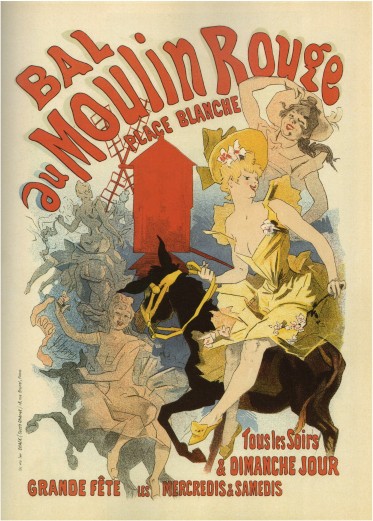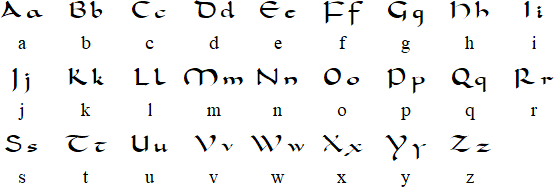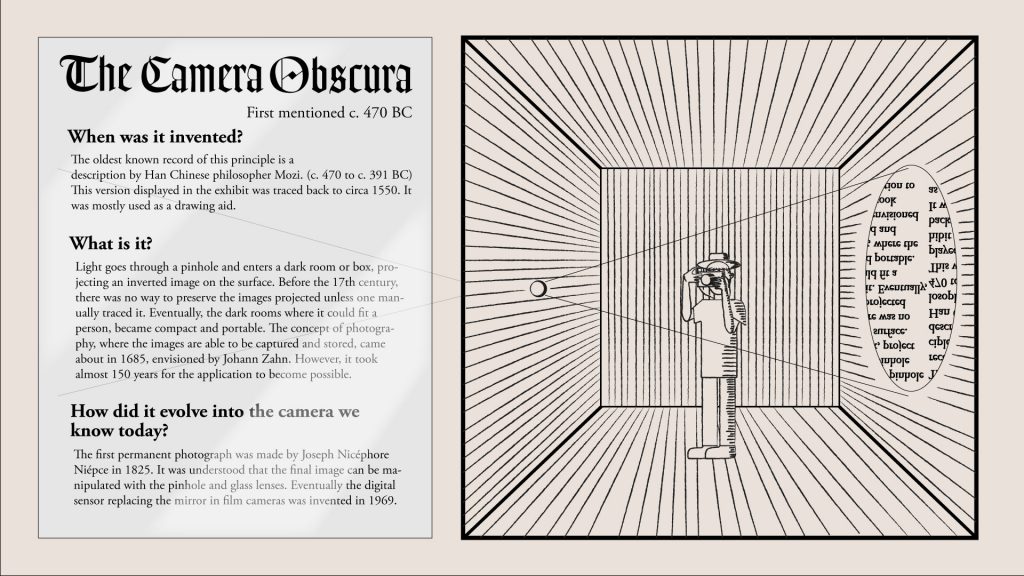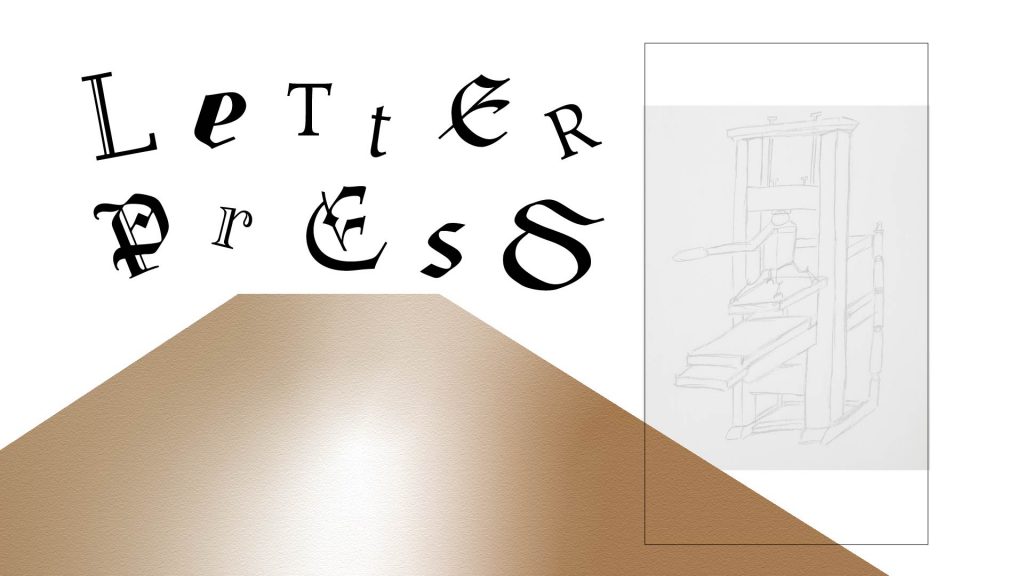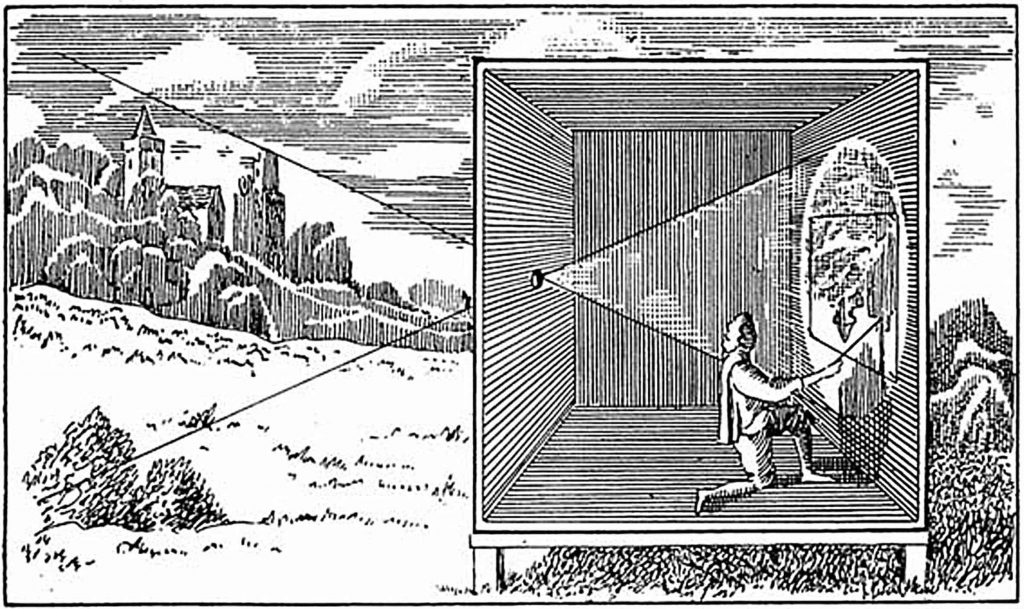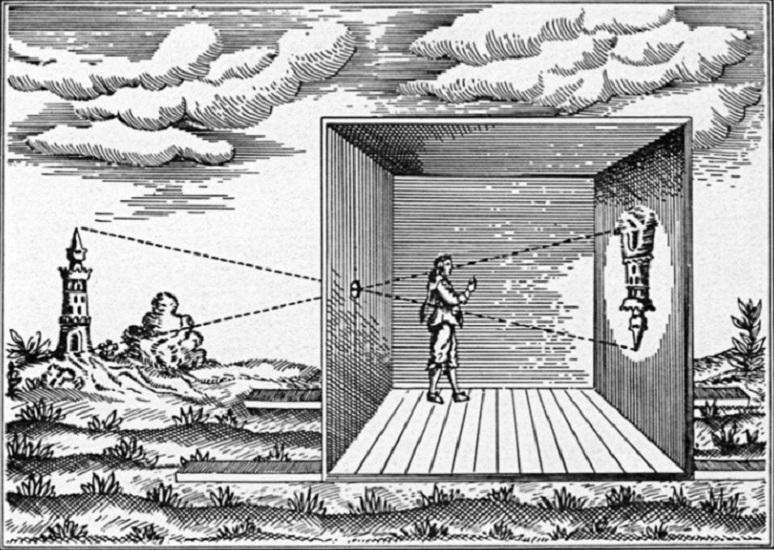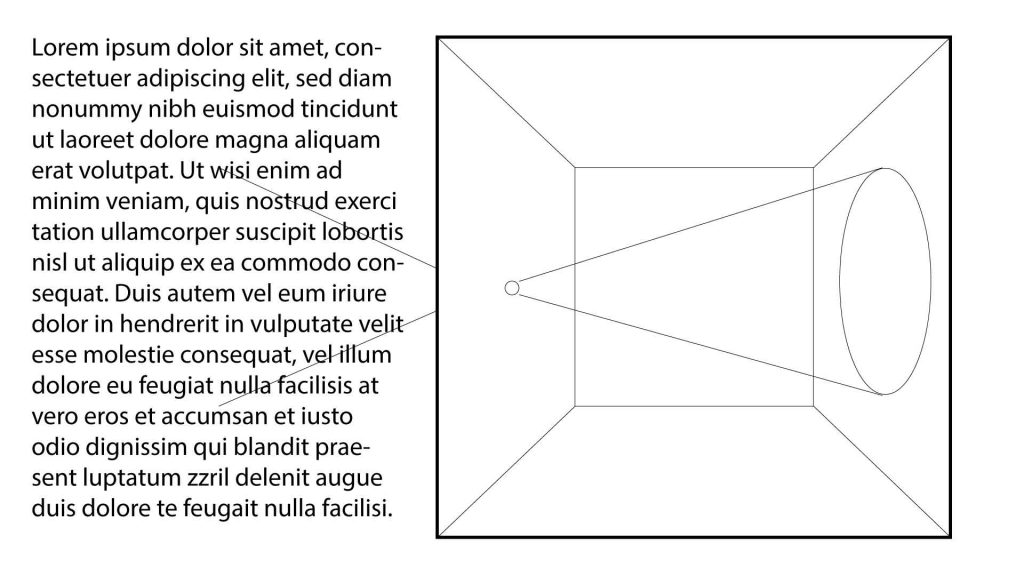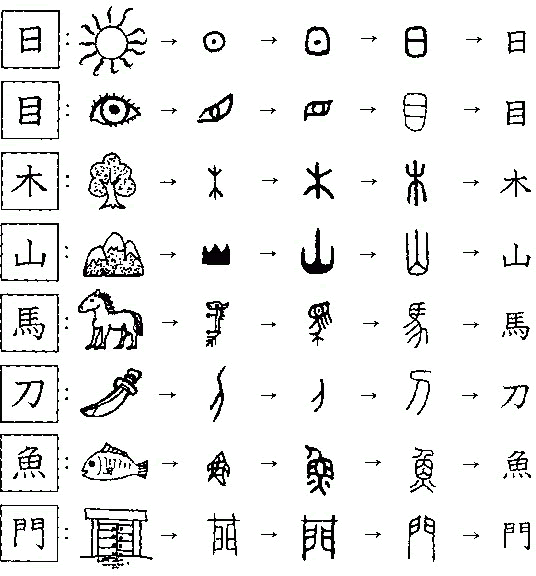Meiji and Taisho
During the Meiji and Taisho era of Japan, the country just opened after closing its borders for centuries. There was trading was prominent, and art culture was exchanged as well. We can see Japanese Art being a strong influence on Western painting around this era. Western people brought their latest technology over as well, which was photography. During the time it was brought over, it was still presented in black and white, so there was a strong desire to see it in colour.
Hand-painted photographs
The Japanese had their own technique, which was different from the Western style. The most distinct difference would be the watercolour technique the Japanese used that made people more lifelike compared to looking like a painting. The Japanese had an idea to photograph daily life, hand-painted them, and sold them to curious tourists – which they did and it was a lucrative business. This was most likely the first instance of commercial photography.

Album of 50 views of Japan, 1897
Notable people
Uchida Kuichi was one of the pioneers of this form of commerce. He staged everyday life and even borrowed old costumes such as samurai armour. Samurais were defunct during the time the photos were taken. He understood that there was a market and demand for these photos. He was also the only person to be granted a sitting by Emperor Meiji to have his photo taken by Uchida. Emperor Meiji was considered a deity and was rarely seen in public.
Kusakabe Kimbei was also one of the prominent figures in commercial art as he owned one of the leading studios that were supplying Japanese art to Western people. Most of the photographs and catalogues featured Japanese women, which were popular with tourists.

Marketing
There was controversy over Japan’s first nude image used for an advertisement. It was an advertisement for Suntory’s Akadama Port Wine. The woman in the poster was a stage actress who was later shunned by her family, as they were ashamed of her. However, this poster was effective as it sold so much that it turned Suntory from a failing business to one that still stands to this day. The poster won first place in the Germany World Poster contest.
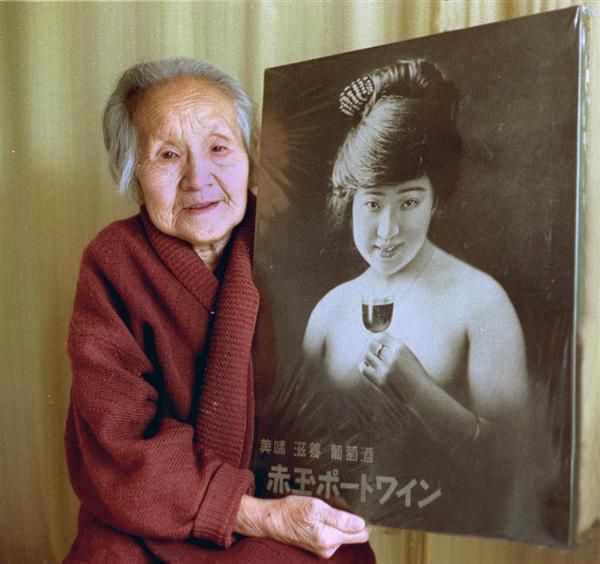
Conclusion
Today, there is an abundance of photography in the commercial world. As technology advances, it becomes faster to produce photography than illustrations. It was fascinating to research about the tipping point at the beginning of photography and when painters were still abundant. It was magical to watch the two mediums merge.
Reference
Philbert Ono. “Japan’s First Nude Poster.” PhotoGuide Japan Blog, 19 Apr. 2018, https://photojpn.org/news/2018/04/japans-first-nude-poster/.
Cade, DL. “How Hand-Painted Photographs Helped Introduce Japan to the World.” PetaPixel, 23 Aug. 2022, https://petapixel.com/2020/10/08/how-hand-painted-photographs-helped-introduce-japan-to-the-world/.
“Japanese Advertising History Taisho Period: Exhibitions: The Ad Museum Tokyo.” Japanese Advertising History Taisho Period | Exhibitions | The Ad Museum Tokyo, https://www.admt.jp/en/exhibition/jp_ad_history/taisho/.
